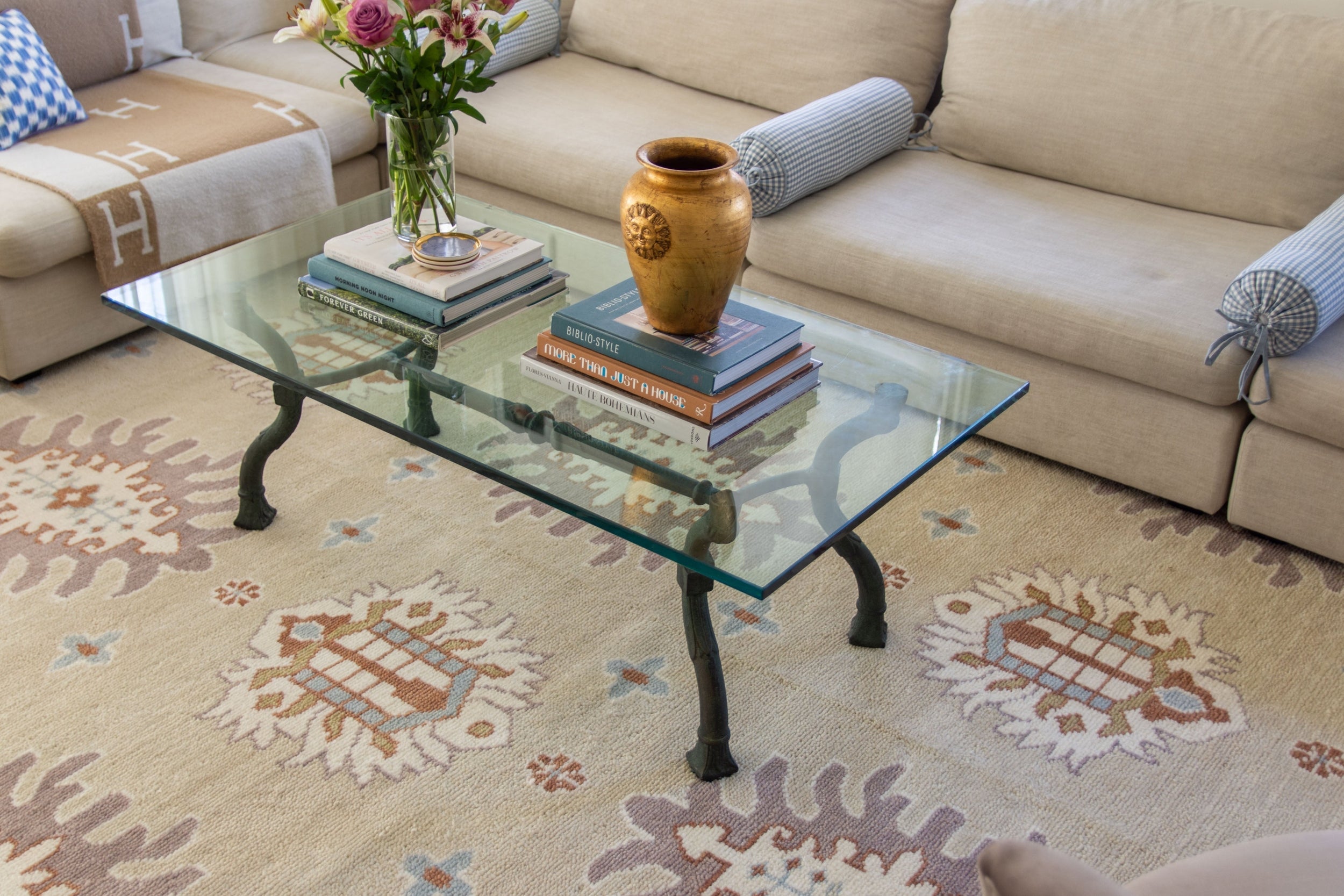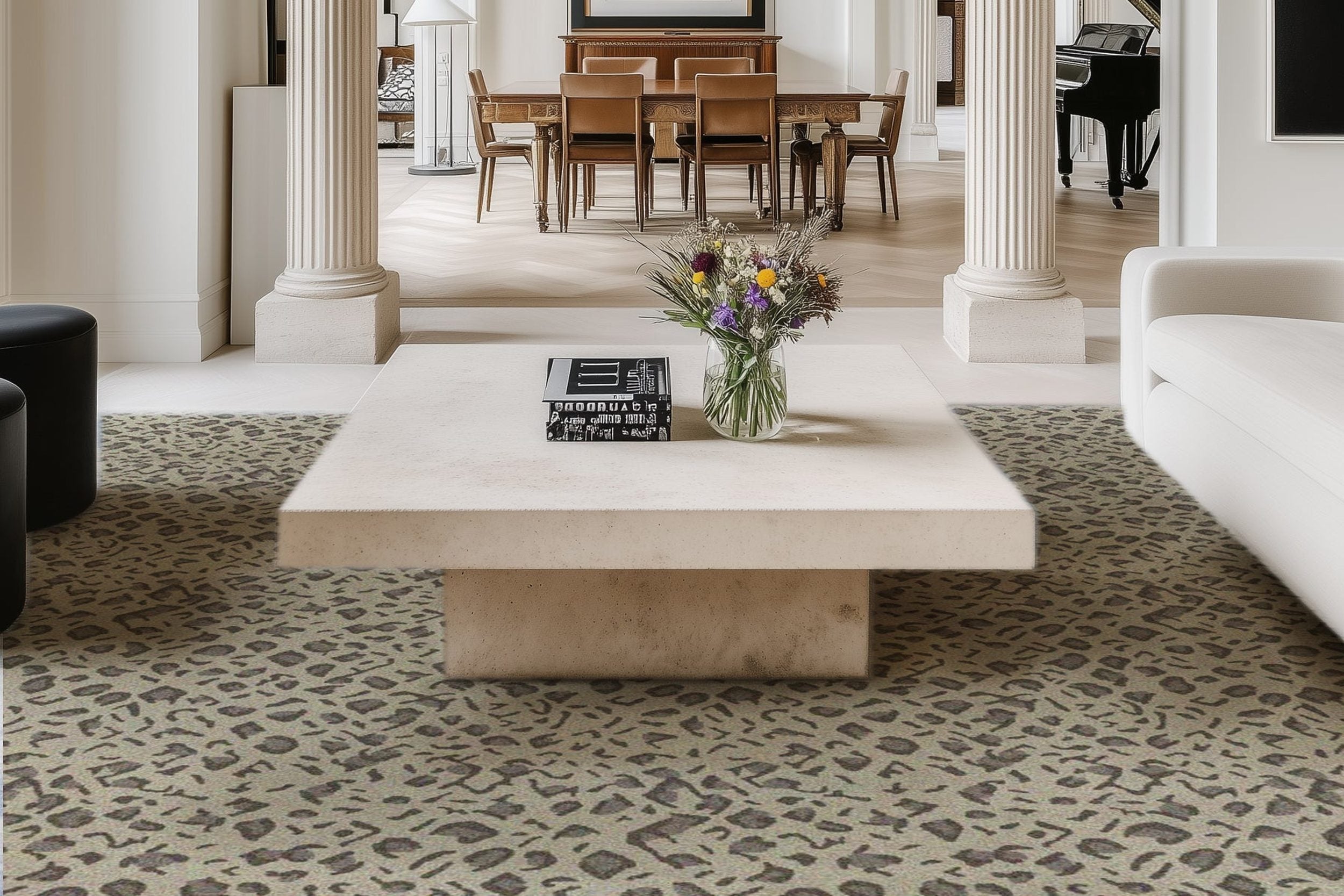Using Printable Coloring Pages to Test Paint Schemes Before You Pick Up a Brush
 It is a strangely stressful experience to pick a paint color. A color that appears ideal in a showroom light can appear green in the bedroom or too dark in a hallway. Swatches give a very limited view, and even sample pots do not always show how a color looks on big, light-reflecting surfaces. That is why increasing numbers are seeking low-risk, innovative methods of experimenting with colour concepts before the roller.
It is a strangely stressful experience to pick a paint color. A color that appears ideal in a showroom light can appear green in the bedroom or too dark in a hallway. Swatches give a very limited view, and even sample pots do not always show how a color looks on big, light-reflecting surfaces. That is why increasing numbers are seeking low-risk, innovative methods of experimenting with colour concepts before the roller.
Large-format examples are the key when it comes to visualising the behaviour of a colour. And that is precisely where printable resources enter into the picture, items that allow individuals to fiddle around with tone, layering, and contrast in a controlled, familiar manner.
Colour Experiments on Paper
An increasingly helpful method involves printing room-themed coloring pages that resemble home spaces—living rooms, kitchens, nursery corners—outlined in clean black-and-white line drawings. These pages serve as an impartial surface on which to test colour schemes with pencils or markers, or digital fills.
Since the designs are based on typical room features such as walls, trims, floors, and furniture, it would be simpler to experiment on how the different tones would respond from one perspective. Filling in these line-art layouts offers a surprising amount of insight: Will the deep navy you love overpower the space? Does the beige read more pink in daylight? Do the accents clash or complement?
Reading the Results
Once the pages are coloured in, patterns begin to emerge. Some shades might feel too bold when used across large surfaces. Others, once paired with contrasting trim or warm lighting, settle into a more livable tone.
Importantly, undertones that are hard to detect on tiny paint chips become more noticeable in filled areas. A grey that initially looks neutral may turn lavender when paired with cool whites. Creams may appear peachy or buttery depending on nearby tones. The exercise also helps spot balance issues, like when multiple colours fight for attention rather than creating harmony.
Translating Paper Hues to Real Walls
Once the palette has been reduced on paper, the next step is to match selected hues with actual paint colours. Though it is unlikely to find identical brands of coloured pencil and paint, the overall temperature and saturation of a colour may still help to narrow the search.
The majority of the paint retailers provide online facilities, which match the visual samples with the real names of the paint. It is easier when you scan or photograph the test page and use digital colour pickers. When you have a shortlist, you can compare it to brand swatches or ask the store to get sample cards.
Watch out for finishes- certain colours appear darker in matte, others sparkle in satin or eggshell. These minor variations may influence the performance of the paint in any of the spaces, particularly with natural or artificial lighting.
Adjusting Saturation and Sheen
Pencil colours that appear too loud may be toned down when rendered in a more subdued paint colour. A luminous coral can be transformed into a soft terracotta to be used on the wall. It is not intended to be a copy of the drawing, but rather to convey its general impression.
The design of the finish is also important. On the one hand, dramatically high-gloss paint may emphasize the flaws of walls. Conversely, a flat or eggshell finish will bring in softness, particularly in bedrooms or family rooms where people are more relaxed.
From Test Sheet to Shopping List
Once decisions are made, turn your coloured layout into a simple reference guide. Take notes directly on the printed page: jot down the chosen base colour, its paint code, the preferred finish, and complementary tones for trim or ceilings.
Here’s a simple structure to record key choices:
-
Main wall colour: soft clay (Benjamin Moore 2171-30)
-
Trim: antique white, satin finish
-
Accent wall: none (optional later)
-
Lighting condition: natural light, west-facing
Having this sheet on hand at the store makes it easier to compare options and avoids second-guessing under fluorescent lighting.
A Confidence-Boosted Makeover
The best way to test a new palette is to begin small and see how it is in the real world – painting a wall or corner nook. Note the colour change during the day and under various kinds of light. Then carry the scheme out to other areas of the house when it seems appropriate.
Homeowners can narrow down the guesswork by selecting colours using printable mockups first, which makes them more confident with their choices. It is a considerate, picture-first approach that eliminates the stress of trying to decide thousands of paint swatches within a time limit.
Ultimately, a seemingly harmless colouring session could end up as a very effective design tool indeed, one that allows a consistent, customised interior to be achieved without the waste of time and the disappointing consequences of a hasty paint job.
Browse by Category

Design Projects
Explore interiors from client work and personal renovations — layered, livable, and always in progress.
read more →
Collaborations
From product launches to styled spaces, discover the brand stories I’ve helped bring to life.
read more →
The Notebook
A growing archive of iconic designers, inspiring artists, and unforgettable design moments.
read more →
Travel by Design
Wander with a designer’s eye — from charming hotels and city guides to visual inspiration abroad.
read more →




